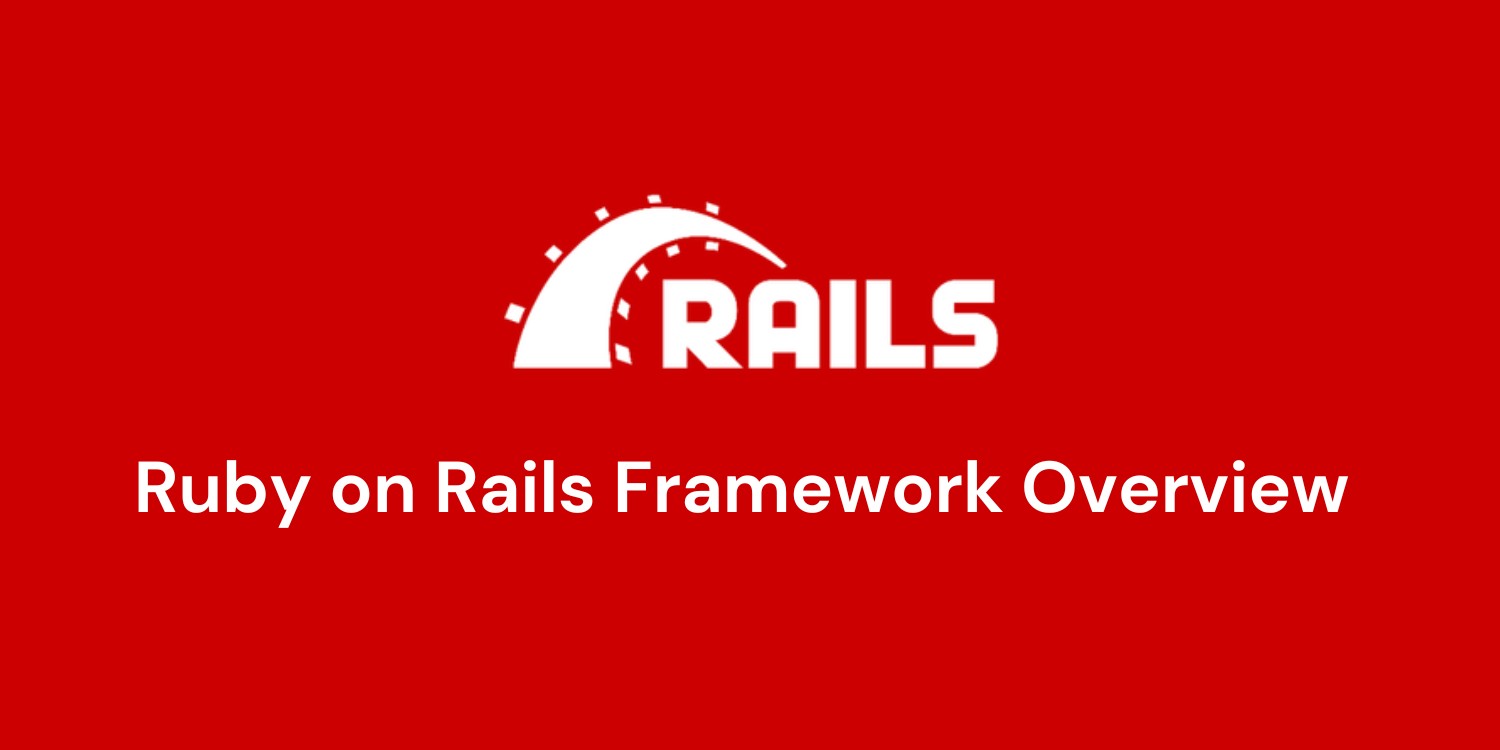Mastering the Art of Hiring Ruby on Rails Developers: A Comprehensive 10-Step Guide for Success
5 min read
Introduction
In the ever-evolving landscape of web development, hiring skilled and experienced Ruby on Rails developers is essential for businesses seeking to build robust, scalable, and innovative web applications. Ruby on Rails (RoR) is a popular open-source web framework known for its simplicity, flexibility, and productivity. However, finding the right RoR developer can be a challenging task. This comprehensive guide provides a detailed 10-step approach to hiring the best Ruby on Rails developers, ensuring a seamless recruitment process and successful collaboration.

I. Understanding Your Requirements
- 1.1 Define Your Project Goals
- Clearly define your project goals, objectives, and scope. Determine the specific features, functionalities, and technologies your web application requires. Understanding your project’s requirements is the foundation for hiring the right RoR developer.
- 1.2 Assess Your Budget and Timeline
- Evaluate your budget constraints and project timeline. Determine the financial resources you can allocate to the development process and establish a realistic timeframe for project completion. A clear budget and timeline will help you narrow down your options and set realistic expectations.
II. Crafting a Compelling Job Description
- 2.1 Outline the Job Responsibilities
- Clearly outline the roles and responsibilities of the RoR developer. Specify the tasks they will be responsible for, such as designing, implementing, and maintaining web applications. Highlight any additional responsibilities related to collaboration, communication, and problem-solving.
- 2.2 Define Required Skills and Experience
- Specify the essential technical skills and experience required for the position. This may include proficiency in Ruby programming, expertise in Rails framework, knowledge of relevant libraries and tools, and familiarity with web development best practices. Also, consider soft skills such as teamwork, communication, and adaptability.
- 2.3 Emphasize Your Company Culture and Values
- Showcase your company’s culture, values, and work environment. Describe your team’s collaborative spirit, commitment to innovation, and dedication to excellence. Emphasize any unique perks, benefits, or professional development opportunities your company offers to attract top talent.
III. Sourcing Candidates
- 3.1 Utilize Job Portals and Platforms
- Post your job opening on reputable job portals, freelancing websites, and social media platforms. Utilize dedicated Ruby on Rails job boards and communities to reach a broader audience of RoR developers. Actively promote your job listing on relevant online platforms frequented by Ruby on Rails professionals.
- 3.2 Tap into Professional Networks
- Leverage professional networks, such as LinkedIn and GitHub, to identify and connect with potential candidates. Engage with RoR developer communities, forums, and events to establish relationships with skilled professionals. Attend Ruby on Rails conferences, meetups, and workshops to network with developers in person.
IV. Screening and Shortlisting Candidates
- 4.1 Review Resumes and Portfolios
- Thoroughly review resumes and portfolios submitted by candidates. Evaluate their previous work, projects, and contributions to open-source communities. Look for innovative solutions, well-documented code, and successful project outcomes. Pay attention to the diversity of projects and industries they have experience in.
- 4.2 Conduct Technical Assessments
- Administer technical assessments, coding challenges, or practical exercises to assess candidates’ programming skills and problem-solving abilities. Create real-world scenarios or simulate challenges they might encounter in your project. Evaluate their code quality, efficiency, and adherence to best practices.
V. Conducting Interviews
- 5.1 Initial Screening Interviews
- Conduct initial screening interviews to assess candidates’ communication skills, cultural fit, and enthusiasm for the role. Ask questions about their previous projects, challenges faced, and problem-solving approaches. Evaluate their ability to explain complex technical concepts in a clear and concise manner.
- 5.2 Technical Interviews
- Organize technical interviews with experienced RoR developers or technical leads. Evaluate candidates’ knowledge of Ruby programming, Rails framework, database management, and relevant tools. Pose coding challenges, algorithmic problems, or system design questions to assess their technical expertise. Encourage candidates to explain their thought processes and problem-solving strategies.
VI. Assessing Soft Skills and Team Fit
- 6.1 Evaluate Soft Skills
- Assess candidates’ soft skills, such as teamwork, adaptability, communication, and leadership. Evaluate their ability to collaborate with cross-functional teams, provide constructive feedback, and adapt to changing project requirements. Soft skills are crucial for successful collaboration and a positive team dynamic.
- 6.2 Cultural Fit Interviews
- Organize interviews with team members to evaluate candidates’ cultural fit within your organization. Assess their alignment with your company’s values, ethics, and work culture. Determine whether they share the same enthusiasm for the project and align with your long-term goals. Consider their compatibility with existing team members.
VII. Checking References and Work History
- 7.1 Verify Work History
- Verify candidates’ work history, including previous job roles, responsibilities, and project contributions. Contact their previous employers or colleagues to gather insights into their work ethic, reliability, and professionalism. Validate the accuracy of their resume and assess their performance in past roles.
- 7.2 Contact References
- Reach out to professional references provided by the candidates. Ask about their experience working with the candidate, their strengths, areas for improvement, and overall suitability for the role. References can provide valuable insights into candidates’ skills, work style, and ability to collaborate effectively.
VIII. Extending Job Offers
- 8.1 Prepare a Competitive Job Offer
- Prepare a competitive job offer that includes a detailed job description, compensation package, benefits, work schedule, and any additional perks or incentives. Clearly outline the terms of employment, including probationary periods, performance evaluations, and termination clauses. Ensure the offer is comprehensive and addresses all relevant aspects of the position.
- 8.2 Negotiate Terms and Conditions
- Engage in open and transparent negotiations with the selected candidate. Be willing to discuss and negotiate terms such as salary, bonuses, benefits, work arrangements, and professional development opportunities. Listen to the candidate’s expectations and concerns, and strive to find mutually beneficial solutions.
IX. Onboarding and Integration
- 9.1 Design a Structured Onboarding Program
- Design a structured onboarding program to help the new RoR developer integrate seamlessly into your organization. Provide comprehensive orientation sessions, introduce them to team members, and familiarize them with your company’s processes, tools, and workflows. Assign a mentor or buddy to facilitate their transition.
- 9.2 Continuous Training and Skill Development
- Encourage continuous training and skill development for your RoR developer. Provide access to online courses, workshops, conferences, and certification programs related to Ruby on Rails, web development best practices, and emerging technologies. Support their professional growth and encourage them to stay updated with industry trends.
X. Post-Hiring Support and Retention Strategies
- 10.1 Foster a Supportive Work Environment
- Foster a supportive work environment that values collaboration, creativity, and innovation. Encourage open communication, feedback, and idea-sharing among







